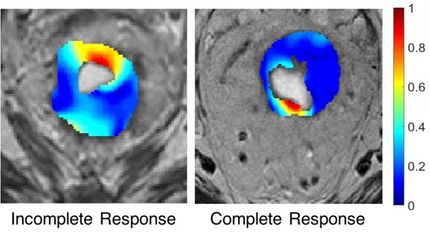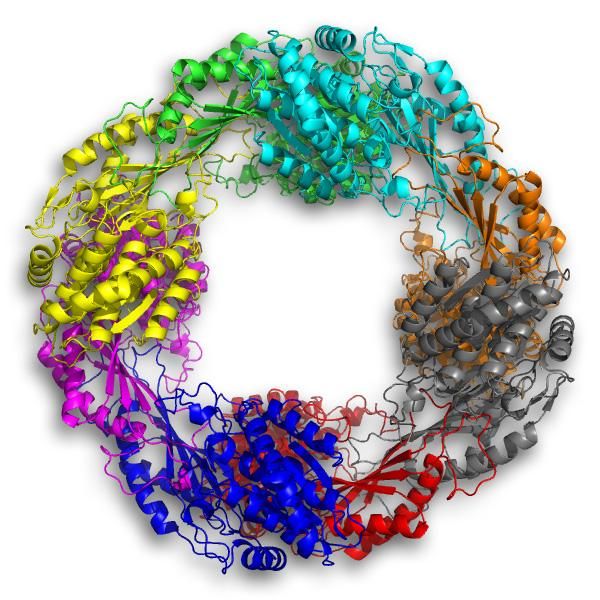Cytotoxic therapies to feel sting of generics
Cytotoxic therapy, or chemotherapy as it is commonly known, has been the cornerstone of cancer treatment for many years and involves the use of drugs that are toxic to all cells – including those that are perfectly healthy. Whilst relatively effective, this leads to the unpleasant side effects commonly associated with cytotoxic treatment, such as vomiting, nausea, alopecia and fatigue. Despite this, and the rise in prominence of targeted therapies, cytotoxics are used in almost all cancer types and as a result of this high volume of sales, make up the second largest selling class of cancer therapeutics. However, given the relative maturity of this therapeutic class, generics companies remain keen to emulate the success of several cytotoxic brands that have attained blockbuster sales (more than $1 billion) over the years, and according to independent market analyst Datamonitor, generic incursion will cause a decline in total cytotoxic market value after it reaches a peak of $16.5bn in 2013.
Cytotoxic therapies are the second largest class of cancer therapeutics
An estimated 11 million people are affected with cancer worldwide; a number that is likely to rise in the future given the ageing nature of the global population. Lung, breast, prostate and colorectal cancer (CRC) are the four most common types of cancer, accounting for around 40 percent of the total. Cytotoxic agents help kill cancer cells or stop them from multiplying, making them applicable in almost every cancer type. Unfortunately, they also attack healthy cells, which leads to the aforementioned side effects. However, cytotoxic treatment regimes remain effective, and for many years cytotoxic therapy has been used to treat cancer either alone, or in combination with other treatment types such as radiotherapy.
Sales of the 25 cytotoxic therapy cancer brands that are currently available in the seven major markets (7MM) in 2007 totaled $10 billion, says Datamonitor oncology analyst Chandni Surti. “Even though targeted therapies are becoming more and more popular, cytotoxics remain the backbone of cancer treatment.
“Eleven of the 25 brands are approved for use in breast cancer, the incidence of which is estimated to reach 455,315 in the seven major markets in 2008. As the incidence of cancer continues to rise with the ageing population, the use of effective cytotoxic therapies is likely to remain strong,” she says.
Sanofi-Aventis leads the cytotoxic therapy cancer brand market
Sanofi-Aventis markets four out of the 25 cytotoxic therapy cancer brands, Eloxatin (oxaliplatin), Taxotere (docetaxel), Gliadel (carmustine) and TS-1 (tegafur + gimeracil + oteracil), which it co-develops with Taiho, making it the current market leader. Taken together, Eloxatin and Taxotere are approved for use in the four major cancer types, making them the top two sellers with combined sales of $3.8bn in 2007.
Taxotere and TS-1 are the leading cytotoxic therapy cancer brands by number of approved indications. Taxotere is approved for use in six cancer types; breast cancer, gastrointestinal cancers, endometrial cancer, non small cell lung cancer (NSCLC), ovarian cancer, and squamous cell carcinoma of the head and neck (SCCHN). TS-1 is currently only approved in Japan, where it is used to treat breast cancer, CRC, gastrointestinal cancers, NSCLC, pancreatic cancer and SCCHN. TS-1 is forecast to launch for gastric cancer in the US in 2010 and EU in 2012.
However, Ms. Surti says: “patent expiries for these leading cytotoxic brands, Eloxatin in 2007 (EU) and Taxotere in 2010 (US & EU), are likely to have a significant impact on Sanofi-Aventis’s performance in the broader oncology market.”
Patent expiry threatens sales of best-seller
Sanofi-Aventis’s Eloxatin is a DNA-interactive cytotoxic agent that is used extensively for CRC in the US, EU and Japan. Sales of Eloxatin generated $2bn in the seven major markets in 2007, making it the best-selling cytotoxic therapy cancer brand ahead of Taxotere ($1.8bn) and Eli Lilly’s Gemzar (gemcitabine; $1.2bn). Given the sheer size of the CRC market – in 2007 CRC affected an estimated 470,000 people in the 7MM – Eloxatin’s commercial success is not surprising.
However, patent expiry, which has already occurred in the EU, is the biggest threat to Eloxatin sales. Eloxatin’s patent is set to expire in Japan in May 2013 and the US in August 2016. Higher generic erosion rates are applicable in the US compared to the remaining major markets, implying a greater dent in brand sales. In fact, the impact of generics is expected to reduce the cytotoxic therapy brands’ overall US market share from 56% in 2007 to 31% in 2017. Despite this, Eloxatin is forecast to remain the best-selling cytotoxic therapy cancer brand in the 7MM, achieving sales of $2.7bn in 2017.
Two newer cytotoxic cancer brands compete for market share
Eisai/Johnson & Johnson’s Dacogen (decitabine) and Celgene/Nippon Shinyaku’s Vidaza (azacitidine) are antimetabolite cytotoxic agents approved in the US for myelodysplastic syndromes (MDS), a type of blood cancer that can progress to leukemia. Following its launch in 2006, Dacogen has become a major competitive threat to Vidaza, which was launched earlier in 2004. Dacogen made $137m in 2007, allowing it to quickly catch up with the sales of Vidaza ($140m).
Datamonitor forecasts Dacogen sales to grow in line with Vidaza over the forecast period of 2007 to 2017, Ms. Surti says. “Both hypomethylating agents seek EU approval for use in MDS and Datamonitor forecasts their launch to occur around the same time in 2009. The increase in sales forecast for Dacogen ($1.3bn) and Vidaza ($1.2bn) helps boost sales of the total cytotoxic therapy cancer brand market to $14.9bn in 2017.”
























































